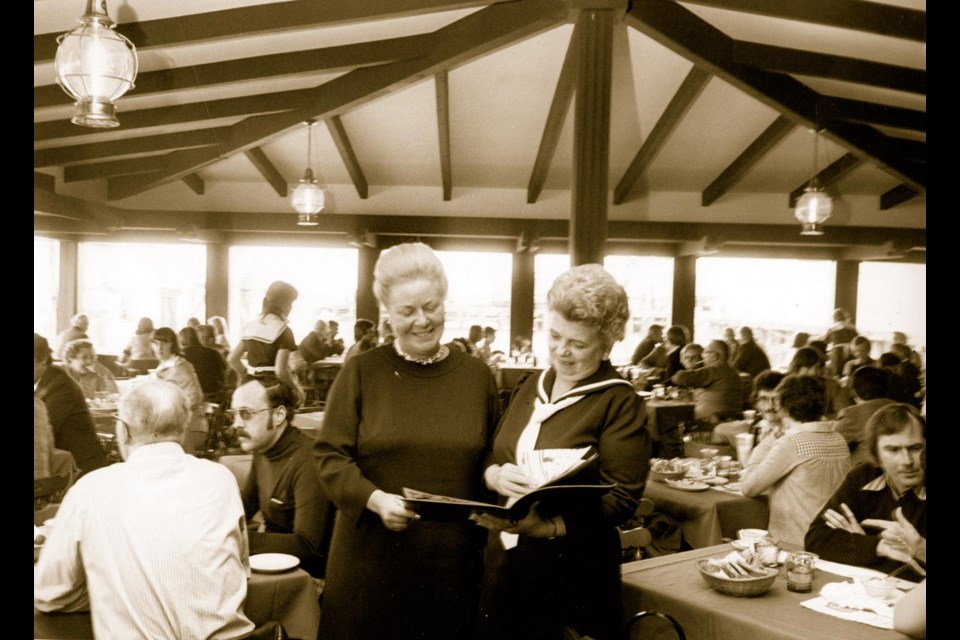The history of New Westminster's dock is closely intertwined with the creation of the city itself - and not many people know its darker secrets.
When Colonel Moody was laying the original plans, the city was distinctively sectioned off into an industrial sector, commercial sector and residential sector, according to historian and heritage planner, Jim Wolf.
"Colonel Moody and his very talented planners, the Royal Engineers, saw the mud flats at that section of the city really unusable as commercial space, but perfect for dock space."
The planners from England knew they had to revitalize the river and bog lands into the industrial sector - and the original plans show a large dotted area extending into the river called, Dock Square.
It was a public dock where people could congregate and use the lands to access the businesses and transportation. "Those early plans set into motion what would happen in the future because these wide swaths of land were essentially set out for public use," Wolf said.
When New West was connected to Canadian Pacific Railway in 1886, it was purposefully put within the industrial sector at the foot of Eighth Street. John Hendry also knew the connection would happen.
He was a lumber baron in the 1880s, a mayor at the time, and opened up the B.C. Mills Timber and Trading Company.
The mill offered not only "B.C. toothpicks," but value-added products - everything from windows to pre-fabricated homes put on the train for shipping all the way out to Saskatchewan, Wolf said.
The mill also shipped wood out to Hawaii, New Zealand and Australia.
The mill, and canneries that opened up along the Fraser River, weren't the only things keeping it active day and night.
"It was very interesting, and it was definitely in those days, on the wrong side of the tracks - from Queen's Park and other areas," Wolf said. "They called it the 'Swamp.'" Mill workers, aboriginals who worked at the canneries and fished during sockeye season, had set up little shacks, or a 'shanty town.' Wolf said people who lived there were marginalized, and it was also a sight for prohibition as rum came in and China sent whiskey masked in soy sauce bottles. "Also down in that area, down by Chinatown and going down the hillside a little bit, was really where the 'swamp angels' lived and they were the prostitutes of New Westminster," he said. "(They) would serve all the workers from the docks and the ships that would come in and dock there. They would just run across the tracks and find their favourite lady."
The mill burned down in 1913 and with the movement to clean up the streets sparked by "God-fearing" families putting pressure on politicians, Wolf said, it was time for a change.
But, with the war slowing things down coupled with the economic hardships at the time, things didn't change until much later.
When the quay was revitalized in the 1920s it was successful until the 1960s and 1970s. When the shift came from shipping
products in boxes to containers, the small New Westminster dock couldn't accommodate - so the ships went to Surrey.
In the 1980s, with the first SkyTrain coming in, it paved the way for the quayside's revitalization.
"Some of us have also never forgotten King Neptune," Wolf said, about a restaurant that opened in the late 1950s. "It had a wonderful neon sign ... and when you came down the Eighth Street hill and there was King Neptune holding his trident looking straight up the hill and beckoning people to come on in and eat the salmon."
The city didn't renew the highclass restaurant's licence, so it eventually floated away and never re-opened, according to Wolf.
As more residential and commercial development comes, it's obvious Quayside continues to evolve.



